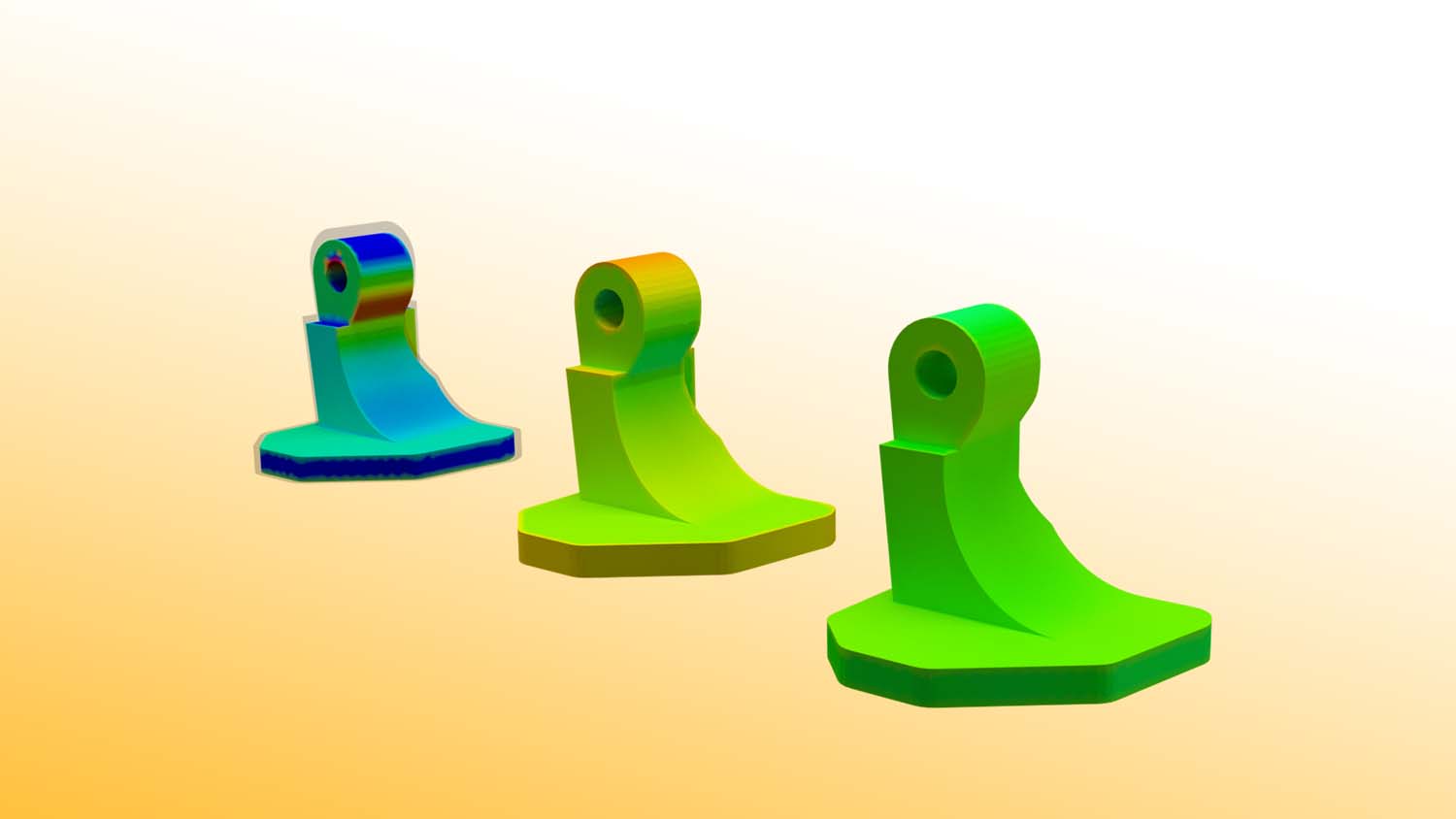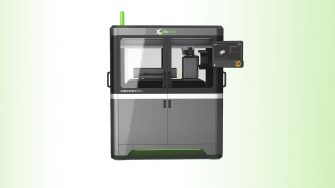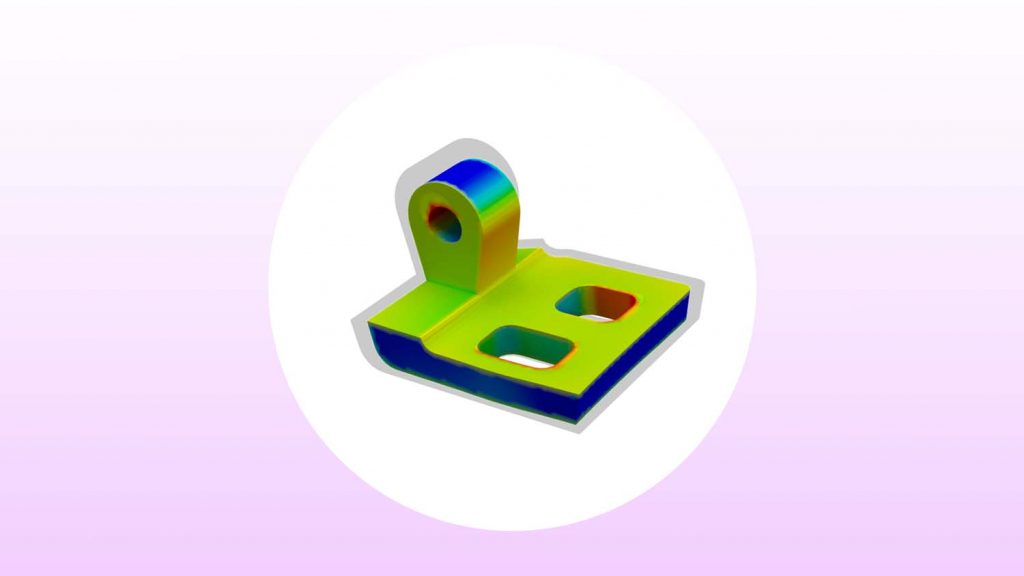Simufact has launched a new tool for Metal Binder Jetting (MBJ) simulation, to enable manufacturers to predict and prevent the distortion that sintering processes will have on parts at the design stage for the first time.
Simufact remarks that the new simulation tool marks a ‘significant step forward’ for additive manufacturing because it helps manufacturers achieve the quality they require while exploiting the unique benefits MBJ offers for volume production.
One key challenge for MBJ has been predicting changes during the sintering process as parts can shrink as much as 35 per cent and the simple shrinkage models used for other processes are often unable to predict distortion during the post-build sintering process.
Until now, users would have to rely on costly physical trials, preventing many manufacturers realising the low cost and flexibility MBJ offers.
Made available to existing Simufact Additive customers in August, the new tool extends its capabilities for MBJ processes.
Users can predict the shrinkage caused by factors such as the thermal strain, friction, and gravity during sintering without specialist simulation knowledge.

“By compensating for these changes, parts can be 3D Printed as they are designed, and production teams can significantly reduce the proportion of parts that must be scrapped or re-processed,” said a Simufact spokesperson.
“Sintering-induced mechanical stress is also predicted before print, indicating where defects might occur. Manufacturers can use this information to make changes earlier in their product development and reduce the need for costly redesign.”
Simufact, part of Hexagon’s Manufacturing Intelligence division, says that the software has been designed for busy manufacturing professionals, with the new tool able to automate the model setup, preparing the CAD or CAE file for manufacturing simulation and simulations can also be automated through Python scripts.
To validate the sintering compensation and increase confidence in quality, the optimised geometry from the MBJ tool can be immediately compared to both the initial CAD geometry and a metrology scan of a manufactured part within the same user interface.
 In related news, ExOne has previewed the InnoventPro, its concept for an entry-level binder jetting 3D printer for metals, ceramics and composites.
In related news, ExOne has previewed the InnoventPro, its concept for an entry-level binder jetting 3D printer for metals, ceramics and composites.
A recirculating printhead enables ExOne’sto offer particulate binders as an option on a commercial system – part of its R&D teams work into printing a variety of nanoparticles suspended in its binders.






